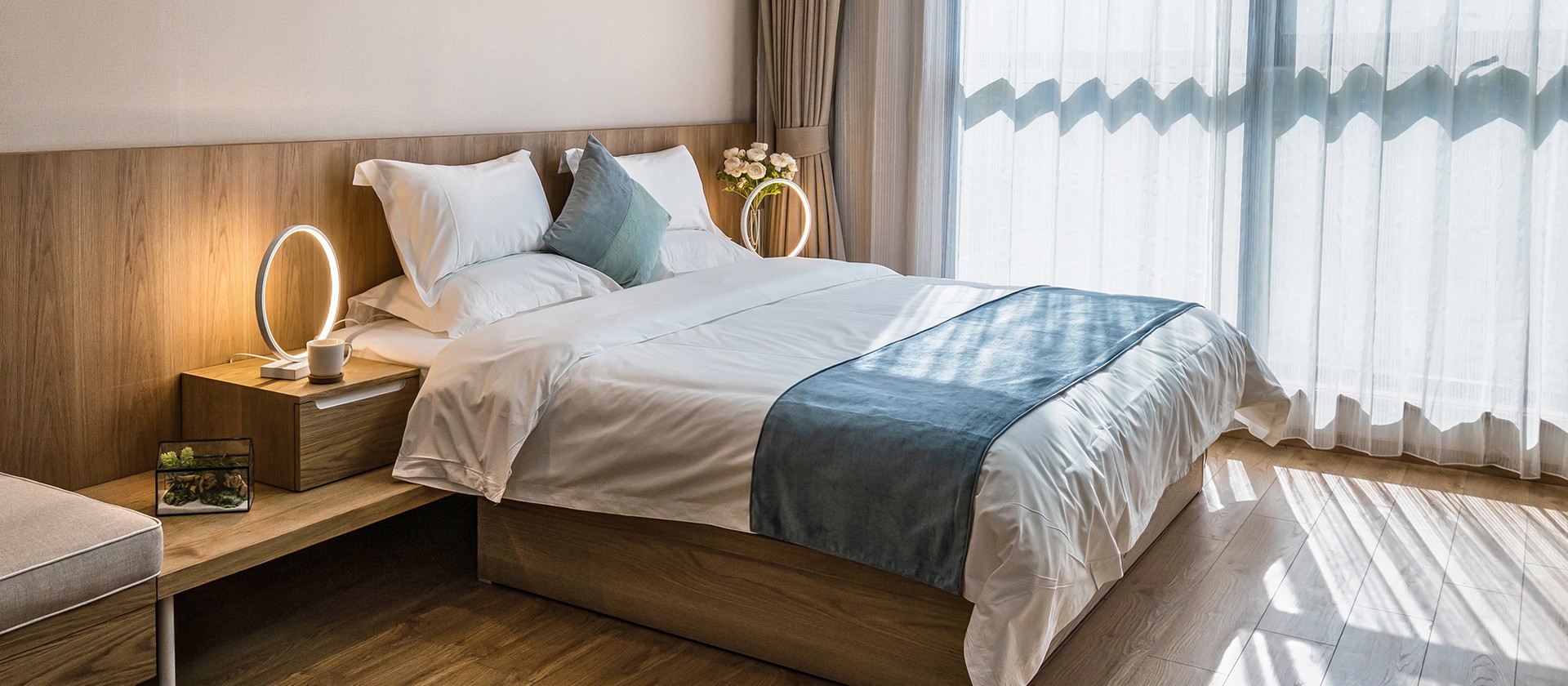Can I rent out my house and buy another? is now a difficult question to answer. With the increased stamp duty when an existing main residence is retained and change in taxation on buy-to-lets this is a more complex area to give advice on.
There are 6 main factors you have to consider if you wish to retain your existing home as a rental property and purchase a new main residence:
1) Increased stamp duty on the onward purchase
Buyers of additional residential properties, second homes and buy-to-lets have to pay an extra 3% in stamp duty on top of current rates for each band.
2) Will you sell the retained property within 3 years or will this be a longer-term investment?
You can request a refund for the amount above the normal Stamp Duty rates if:
- You sell your previous main residence within three years; and
- you claim the refund within three months of the sale of your previous main residence, or within 12 months of the filing date of your SDLT tax return, whichever comes later.
If you see retaining the property as a longer-term investment then points raised below will affect our advice.
3) Do you need to raise funds for a deposit for an onward purchase?
If the answer is no, then you can approach your existing lenders for “permission to let”.
Permission to let is where your existing lender may give you authority to rent out your existing home for 12 or possibly 24 months. Your lender may charge you a fee, a higher interest rate or both.
This is a short term solution as you will have to keep requesting extensions to the permission to let which are not guaranteed.
If you see this as a longer-term investment then remortgaging the property onto a BTL mortgage is a more suitable solution.
If you want to raise additional funds then the points raised below also affect our advice.
4) Amount of deposit you want to raise for the future purchase
Buy-to-let lending is not based on your personal income but on the projected rental income from the property and the retained equity.
The amount you can raise on your existing home will be based on:
- Current house value
- Projected rent
- Current and future tax position
Example:
- £250,000 current house value
- £62,500 retained equity of 25%
- £187,500 new buy-to-let mortgage 75%
- £100,000 less existing residential mortgage
- £87,500 funds raised for the onward purchase
The maximum advance on a buy-to-let is 85% but at a higher interest rate. You also may be capped by rental income.
5) Projected rent and future tax position
There are 2 ways you can own a buy-to-let property:
Personal
This is the traditional route of buy-to-let ownership but with recent taxation changes, it is now most cost-effective if your total income including rent is below the personal higher income rate tax band.
- £1000 per month rental income
- Mortgage arranged on a 5 year fixed rate
- £183,908 maximum mortgage
Limited Company/Special Purpose Vehicle (SPV)
The major benefits of owning a buy-to-let via a Ltd Co/SPV is that you pay Corporation Tax (currently 19%) on any profit. As the tax on the income is lower the lenders will advance higher borrowing for the same rental income (there are also drawbacks. eg higher interest rates etc).
- £1000 per month rental income
- Mortgage arranged on a 5 year fixed rate
- £275,103 maximum mortgage
6) Selling your existing house to your new Ltd Co/SPV and stamp duty
In the past, your existing home was remortgaged on to a personal buy-to-let basis and funds raised for the onward residential purchase.
Example:
- Remortgage existing home at £250,000 to a personal buy-to-let and raise funds for onward purchase: Stamp duty to pay: Nil
- Purchase new home £500,000:
- Stamp Duty to pay is £30,000 (with an additional 3%)
- Total Stamp Duty paid £30,000
For higher rate taxpayers who wish to retain their existing main residence as a buy-to-let in a long-term tax efficient route, the following scenario could be suitable:
Example:
- Sell your existing £250,000 residential property to your new Ltd co/SPV and raise funds for an onward purchase (a new Ltd Co/SPV is simple).
- Stamp Duty payable; £10,000 (including additional 3%)
- Purchase new home £500,000.
- Stamp Duty payable £15,000
- Total Stamp Duty payable £25,000
Solicitors and Accountants
As SPV lending is more specialist we recommend you speak to a solicitor and accountant before proceeding. If you do not have your own solicitor or account or feel that they do not have the specialist knowledge we can recommend one for you. They will happily discuss over the phone your options and the implications of buying via a SPV/Ltd Co.
The mortgage market is constantly changing. Contact me to discuss your circumstances.
Contact us for the current rates and a Free Consultation
Why Use Neil Soundy Financial Services For Your Mortgage Advice?
- We are experts in complex lending
- We are experts in SPV/Ltd Co lending
- Your initial consultation is free with no obligation
How Much Will It Cost Me For Your Advice?
A fee of £495 is payable on completion of the mortgage and Neil Soundy Financial Services Ltd will keep the commission received from the lender for arranging the mortgage.
Neil Soundy Financial Services Ltd is an appointed representative of HL Partnership Ltd which is authorised and regulated by the Financial Services Authority.
The Financial Conduct Authority does not regulate some forms of buy-to-lets.
We do not give or imply legal or taxation advice. We recommend you contact a solicitor or accountant for advice in these areas.
Think carefully before securing other debts against your home/property. Your home/property may be repossessed if you do not keep up repayments on your mortgage.

